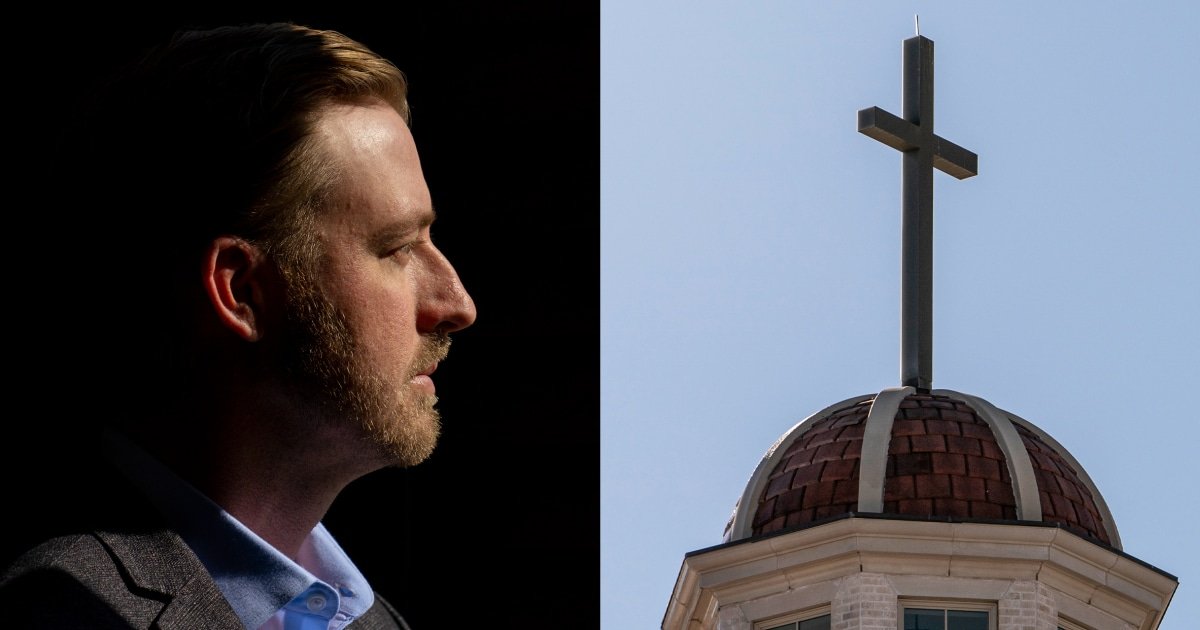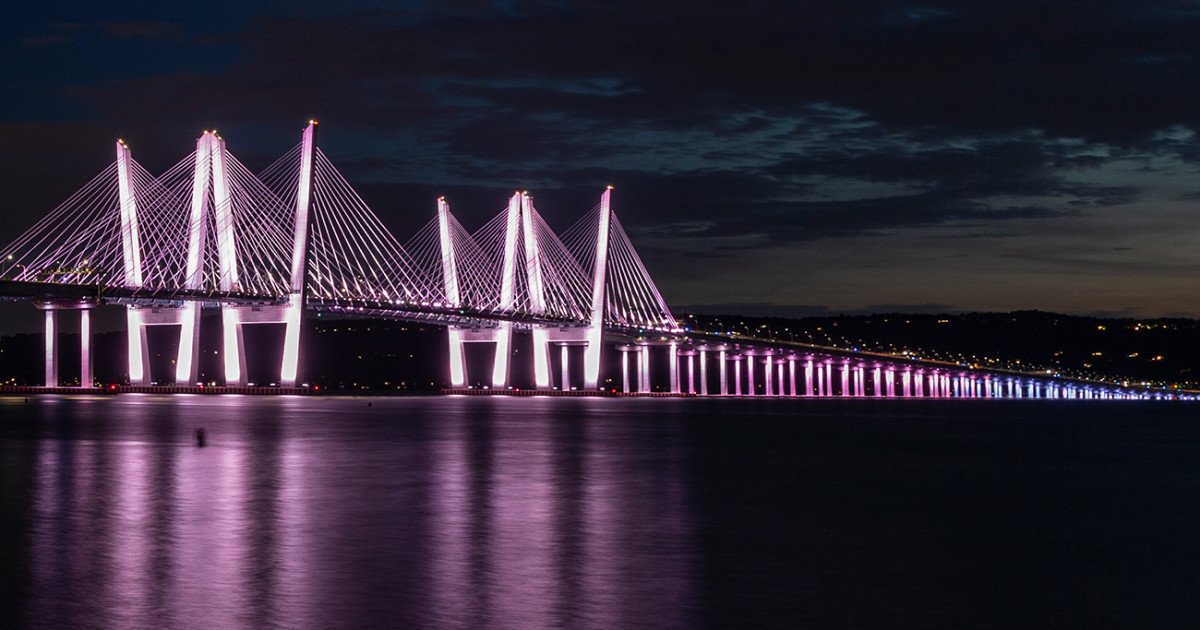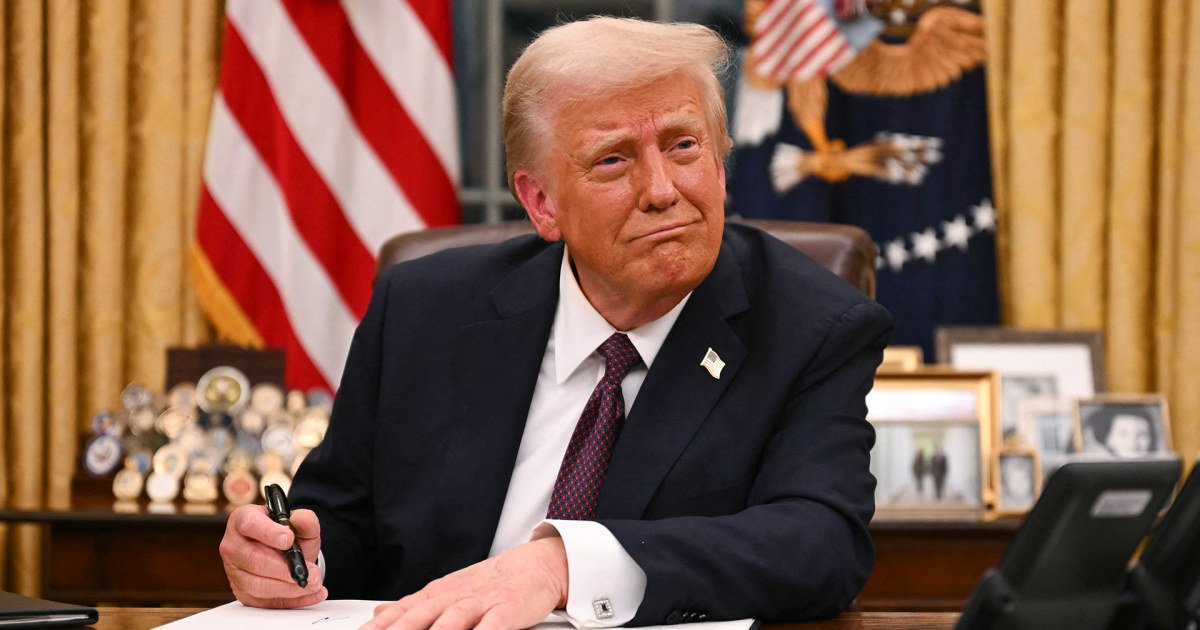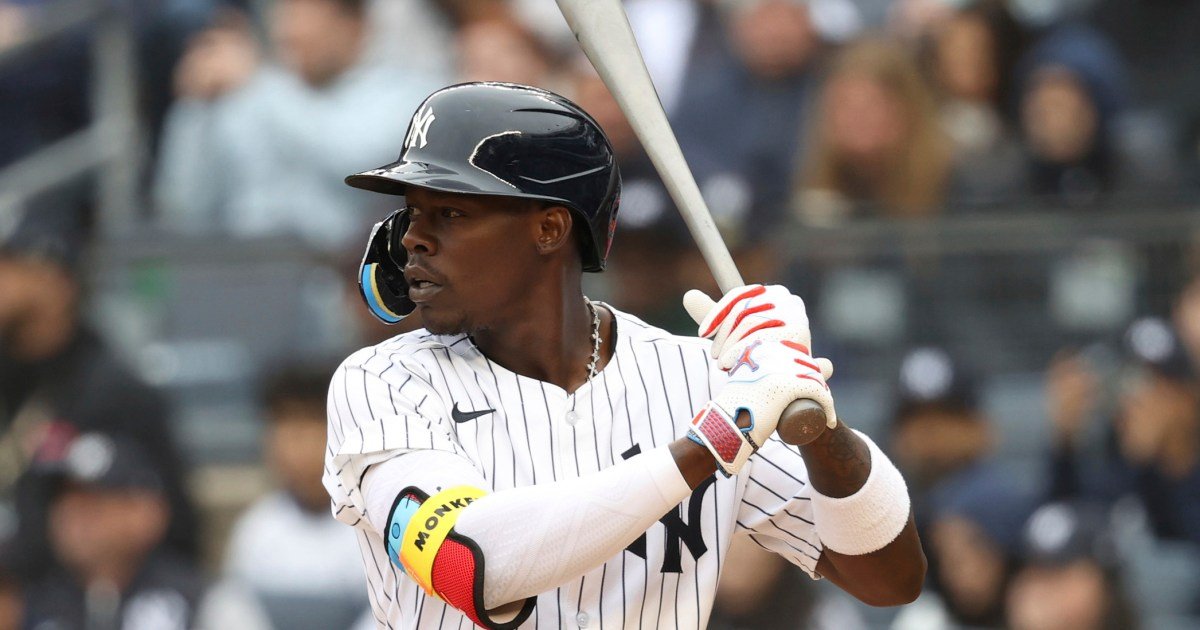
At the heart of the religious school case and others like it is the Constitution’s First Amendment — and two provisions about freedom of religion that are in tension with each other. They are the establishment clause, which forbids the government from endorsing one religion over another or setting up its own church, and the free exercise clause, which says everyone has a right to express their own religious beliefs.
Generations of children were taught in school about how Thomas Jefferson said in an 1802 letter that there is “a wall of separation between church and state.” In the past, the Supreme Court interpreted that sentiment broadly, and government officials, including those running public schools, followed suit. Any actions that could potentially be interpreted as a sign that the government endorsed religion were largely off-limits.
Now, the religious school case from Oklahoma could change the longtime understanding of the First Amendment throughout the U.S.
Walters and others like him believe that the Supreme Court got it wrong in the past. They point out that the First Amendment itself says nothing about a “wall of separation” and focus more on their rights under the free exercise clause.
As for the Supreme Court, it now has a 6-3 conservative majority that strongly favors religious rights and in a series of recent decisions has strengthened the free exercise clause, sometimes at the expense of the establishment clause.
But even in deep-red Oklahoma, where President Donald Trump won every county in last year’s election, not everyone is on board with Walters’ hope to water down the establishment clause.
Notably, state Attorney General Gentner Drummond, a fellow Republican, vigorously opposes the religious schools plan, to the extent that he filed his own legal challenge against it, which is what led to the Supreme Court’s involvement.
“We deserve intellectual honesty on this issue. It’s about religious indoctrination,” he said in an interview.
Drummond agreed that attempts to allow prayers in schools could be next on the agenda if the Supreme Court endorses the school proposal.
“The Supreme Court can decide how far it wants to go,” Drummond said.

Walters, a former high school teacher, strongly supports the charter school plan, which would funnel taxpayer dollars directly to an entity controlled by the Catholic Church.
But, as his Bible distribution plan shows, he doesn’t want to stop there.
He told NBC News he also believes the Supreme Court’s landmark 1962 Engel v. Vitale ruling that outlawed prayers in public schools should be overturned. The court held in a case arising from New York that the reading of a nondenominational prayer in class, in which students were not required to participate, violated the establishment clause.
The ruling is considered to be such a milestone that it features in high school Advanced Placement government classes, which Walters himself taught, and in the federal judiciary’s own educational materials.
“I think they were dead wrong on that. Individuals have the right to express their religious beliefs. That does not stop in a school building,” Walters said of the decision.
‘Aha moment’
The Covid-19 pandemic, which forced schools across the nation to quickly move operations online, was the genesis of the plan to start a Catholic virtual charter school, according to Michael Scaperlanda, a former law professor who is now chancellor of the Archdiocese of Oklahoma City.
There are already brick-and-mortar Catholic schools in Oklahoma, but they are in urban areas in what is a largely rural state.
But the ease with which schools were able to pivot to online education was an “aha moment” for church officials, Scaperlanda said in an interview at the grand, recently constructed shrine in Oklahoma City that honors Stanley Rother, an Oklahoma-born Catholic priest who was killed in Guatemala.
At that point, Oklahoma’s Statewide Charter School Board was already established and had approved both in-person and virtual nonreligious schools. The church saw an opportunity both to set up a virtual school and find a way to fund it.
It was obvious it would spark a legal challenge, but in consultation with Nicole Garnett, a professor at Notre Dame Law School who along with other conservatives has long argued in favor of religious charter schools, the archdiocese thought it was worth a shot.







